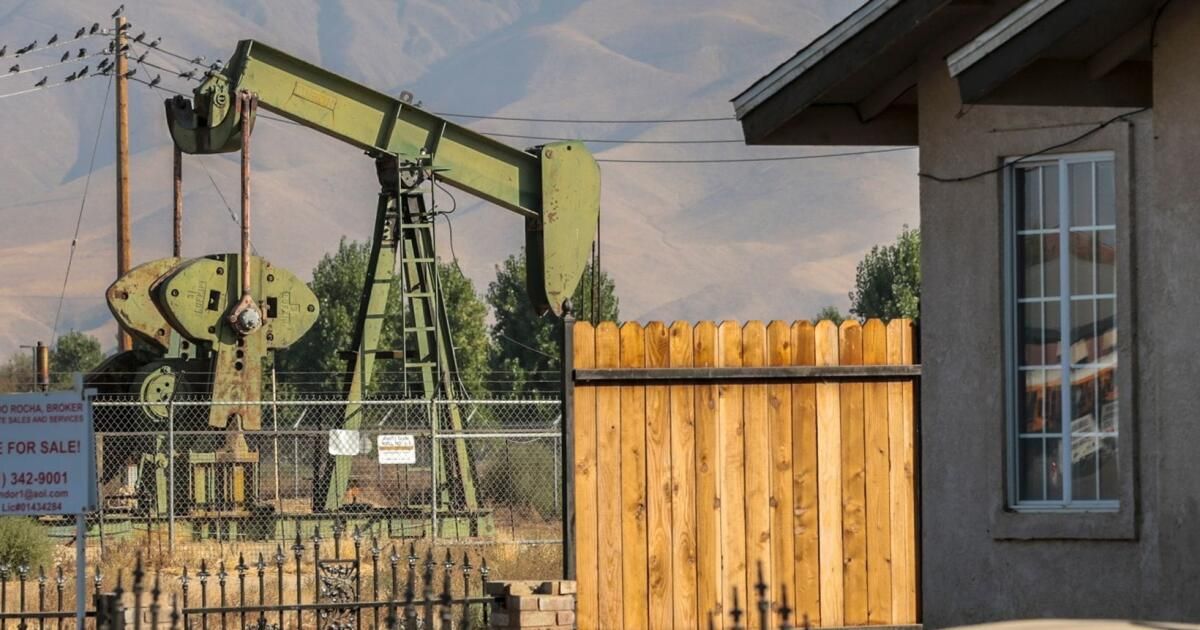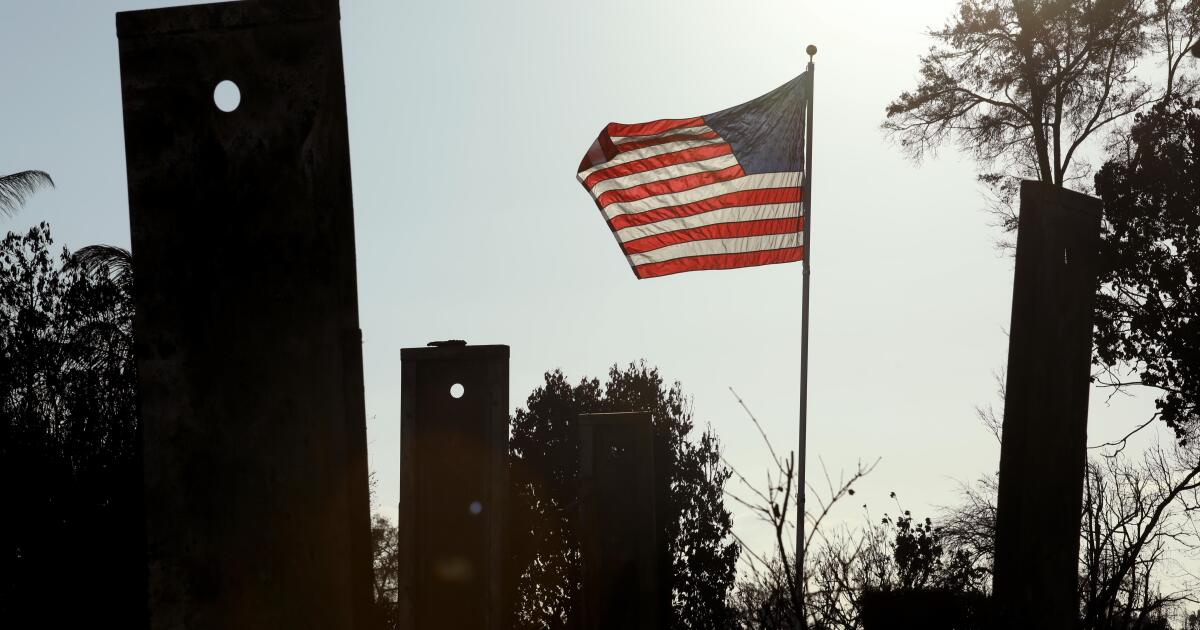The oil industry's recent decision to abandon its efforts to overturn restrictions on oil drilling in California neighborhoods and withdraw its referendum from the November ballot is a major relief.
After a 16-month moratorium, the 2022 state law banning new drilling within 3,200 feet of homes and schools is Back in forceIt's a victory for public health, the environment and Californians, more than 2 million of whom live near drilling operations and are exposed to cancer-causing air pollutants and suffer related health problems.
But it shouldn't be seen as a total defeat for the oil companies that got a healthy return on their investment of more than $25 million in the effort: a lengthy delay on a law they didn't like, a weakening of the legislative process, and the ability to continue pumping oil and profits out of our backyards without these restrictions for more than a year.
When the California Independent Petroleum Association, the industry lobbying group supporting the referendum, announced it was withdrawing the measure last month, it blamed lawmakers, saying that even if its side won and voters repealed the law in November, the Legislature would simply introduce other similar bills.
A bill by Assemblyman Isaac Bryan (D-Los Angeles) may have been the straw that broke the camel's back. legislation The bill would penalize low-producing wells within the buffer zone with fines of $10,000 a day, and had passed the state Assembly and begun moving through the Senate late last month. But after negotiations with concerned industry representatives, Bryan said he promised to limit the bill’s scope if the referendum was removed from the ballot.
We assume another reason for the industry’s failure was a law passed last year that changed the confusing way questions are phrased in a referendum. Instead of choosing between “yes” and “no,” voters now decide whether to “keep the law” or “repeal it.” Fossil fuel interests could no longer count on voter confusion to get rid of a law they didn’t like, and polls showed the referendum didn’t have enough public support.
The strength of the The coalition Those in defense of the law included former Gov. Arnold Schwarzenegger, actress Jane Fonda and grassroots environmental justice groups. The industry may not have relished facing local activists — like Nalleli Cobo — who have lived near drilling operations and are fighting the oil industry by focusing on the harm extraction inflicts on communities of color. Gov. Gavin Newsom also defended these protections and rejected industry pressure to weaken the law by shrinking the buffer zone or creating exemptions in Signal Hill and Long Beach.
No matter what combination of factors was responsible, the restoration of this law proves that you can fight Big Oil and win (and it doesn't hurt to have a well-funded campaign that raised more than $30 million and powerful allies in government and Hollywood).
Still, the oil industry has made it clear that its fight to continue drilling in the barrios will continue, just in the courts rather than at the ballot box. It remains the most powerful lobby in the state, and we can expect it to continue using its money and influence to try to get its way.
Now that the law is back in effect, the California Geological Energy Management Division, the state's oil and gas regulator, must put behind it its history of coziness to the fossil fuel industry and Automatic approval of oil wells and use its authority vigorously to protect public health and safety. This division now plays a crucial role in policing a dirty industry whose days are numbered by the transition to zero-emission vehicles and ensuring that it shuts down its operations quickly and safely, and takes responsibility for cleaning up its mess.
While this latest threat is no longer up for debate, the fight against Big Oil and its continued harm to our communities and our planet is far from over.












